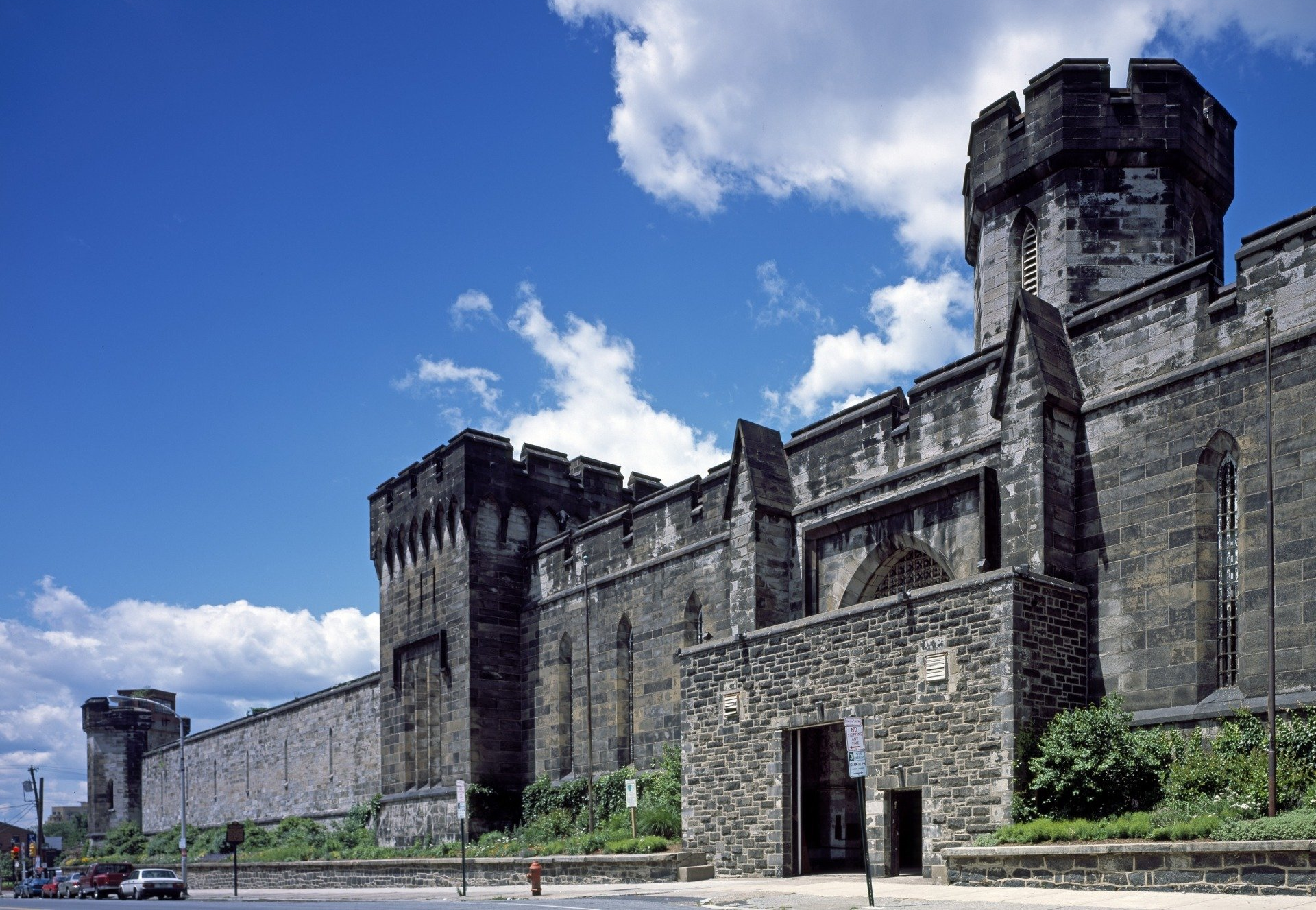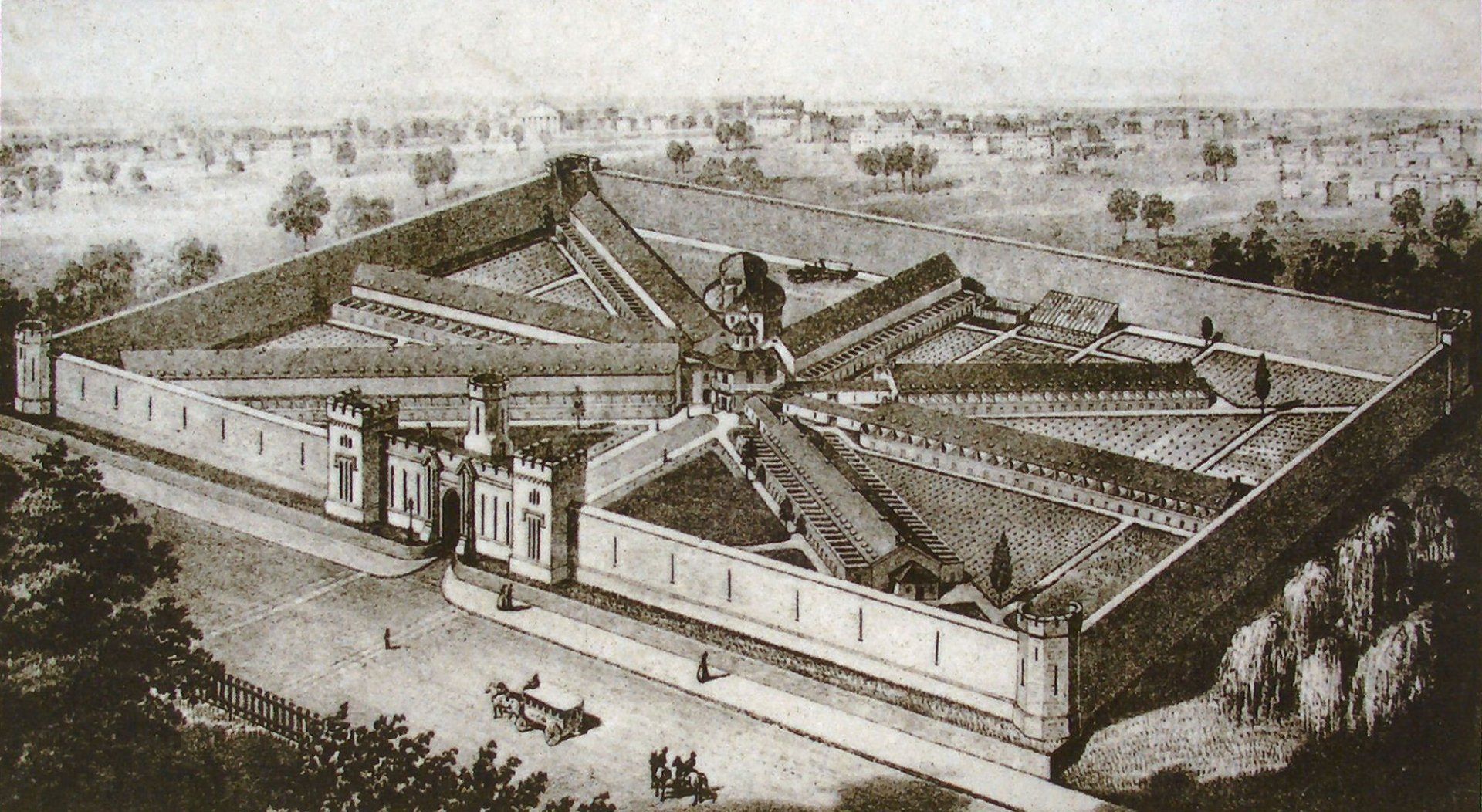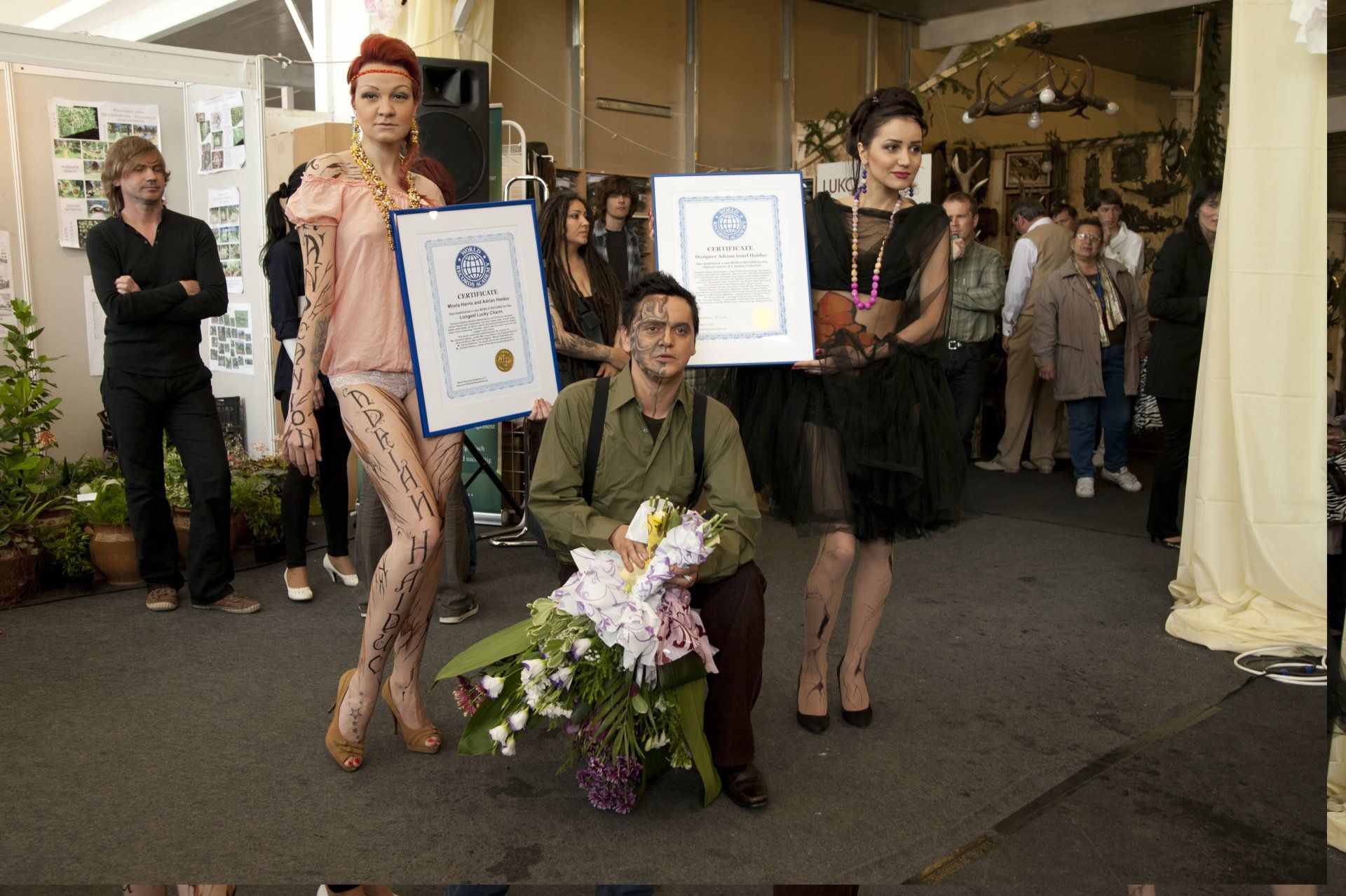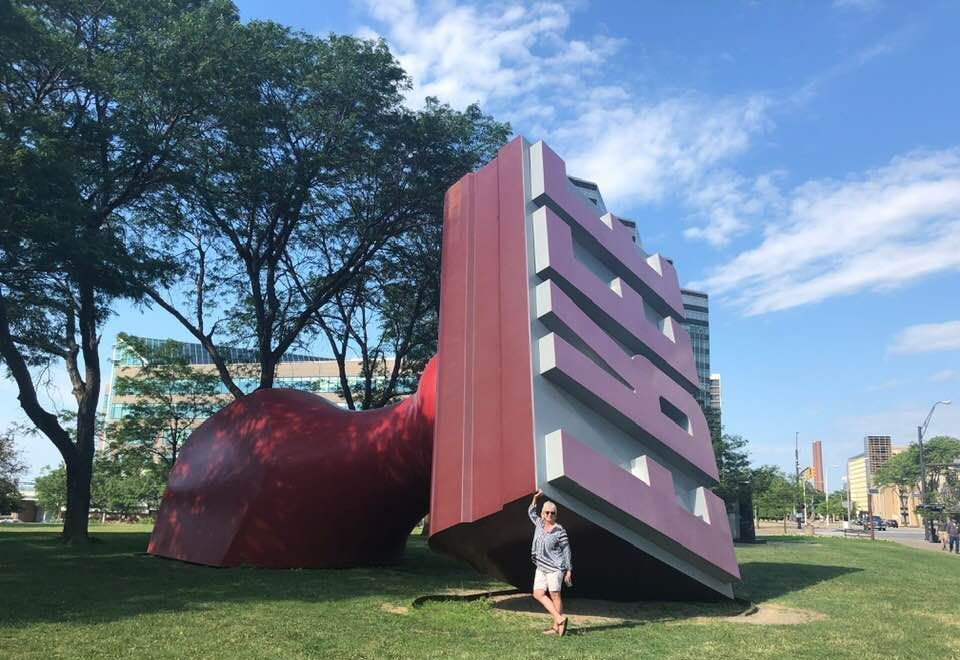World's first true penitentiary: Eastern State Penitentiary sets world record

PHILADELPHIA, Pennsylvania, United States--The Eastern State Penitentiary, also known as ESP, a former American prison in Philadelphia, Pennsylvania, United States, which was operational from 1829 until 1971, refined the revolutionary system of separate incarceration which emphasized principles of reform rather than punishment, thus setting the world record for being the World's First True Penitentiary, according to the WORLD RECORD ACADEMY.
The World's First True Penitentiary is located at 2027 Fairmount Avenue between Corinthian Avenue and North 22nd Street in the Fairmount section of the city, and was operational from 1829 until 1971.
Photo above: Photographs in the Carol M. Highsmith Archive, Library of Congress, Prints and Photographs Division.

Photo above: The State Penitentiary for the Eastern District of Pennsylvania, Lithograph by P.S: Duval and Co., 1855. Eastern State Penitentiary.
At its completion, the building was the largest and most expensive public structure ever erected in the United States, and quickly became a model for more than 300 prisons worldwide.
Designed by John Haviland and opened on October 25, 1829, Eastern State is considered to be the world's first true penitentiary. Eastern State's revolutionary system of incarceration, dubbed the "Pennsylvania system" or separate system, encouraged separate confinement as a form of rehabilitation. The warden was legally required to visit every inmate every day, and the overseers were mandated to see each inmate three times a day.
"Eastern State's radial floor plan and system of solitary confinement was the model for over 300 prisons worldwide. Designed by British-born architect John Haviland, the penitentiary originally consisted of seven cellblocks that radiated from a central surveillance rotunda. In this concept, each prisoner had their own private cell, centrally heated, with running water, a flush toilet, and a skylight. Adjacent to each cell was a private outdoor exercise yard contained by a ten-foot wall. This modern design was particularly impressive for its time. Even the White House, with its new occupant Andrew Jackson, had no running water and was still heated by coal-burning stoves," the
Eastern State Penitentiary reports.
Notorious criminals such as Al Capone and bank robber Willie Sutton were held inside its innovative wagon wheel design. James Bruno (Big Joe) and several male relatives were incarcerated here between 1936 and 1948 for the alleged murders in the Kelayres massacre of 1934, before they were paroled.
"People frequently traveled to Philadelphia to study Eastern State and the Pennsylvania System. For many, Eastern State’s distinctive form and its isolation practices became a symbol of progressive, modern principles. Still, as tourists flocked to the penitentiary in the 1830s and 1840s, a debate grew about the effectiveness and compassion of solitary confinement. Was it cruel to hold people without outside visitors, without books or letters from home, without contact with the outside world? Accounts and opinions varied."
The Pennsylvania System was abandoned in 1913. Later additions to the penitentiary complex are physical evidence of this shift in operations and practices.
The Pennsylvania Prison Society opened the penitentiary for the first season of regular guided interpretative tours in 1994, and, in 1997, signed a 20-year agreement with the City to operate the site. A new nonprofit corporation, Eastern State Penitentiary Historic Site, Inc., took over the agreement in 2001.
The prison is currently a U.S. National Historic Landmark, which is open to the public as a museum for tours seven days a week, twelve months a year, 10 am to 5 pm.
"Today, the site’s mission is to interpret the legacy of American criminal justice reform, from the nation’s founding through to the present day, within the long-abandoned cellblocks of the nation’s most historic prison. In service of this, the site connects the past to the present and offers dialogue-based tours and exhibits about American criminal justice to around 300,000 visitors each year," the official website says.
Visitors are allowed to walk into several specially marked solitary confinement cells, but most of them remain off limits and filled with original rubble and debris from years of neglect. The city skyline of Philadelphia is visible from the prison courtyard, which still has the original baseball backstop and a chain link fence atop the "outfield wall," the outer prison wall, to attempt to keep home run balls inside the grounds.
Eastern State Penitentiary
2027 Fairmount Avenue • Philadelphia, PA 19130-2603
Phone: (215) 236-5111 • Fax: (215) 236-5289 •
www.EasternState.org
The GUINNESS WORLD RECORD for the largest prison farm is the Louisiana State Penitentiary, a maximum security prison located on a bend in the Mississippi River around 64 km (40 miles) north of Baton Rouge, Louisiana. As of July 2020, there were 5,489 prisoners incarcerated at the prison, which sits within a 73-km^2 (28-sq-mi) tract of farmland known as the Angola Plantation.
GUINNESS WORLD RECORDS also recognized the world record for the Largest prison building complex (single building) was set by The Twin Towers Correctional Facility in Los Angeles, California, USA, which has a total floor area of 140,000 square metres (1.5 million square feet) and is built on a 10-acre site.


